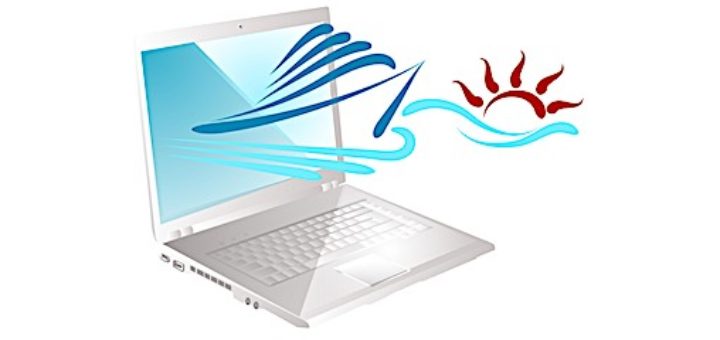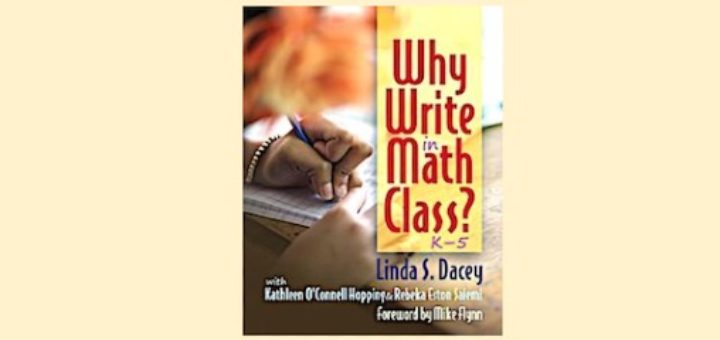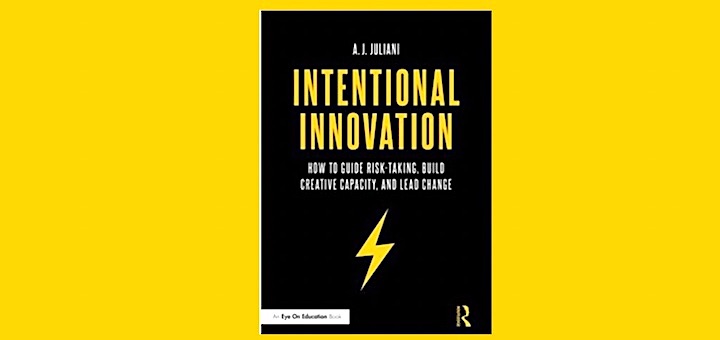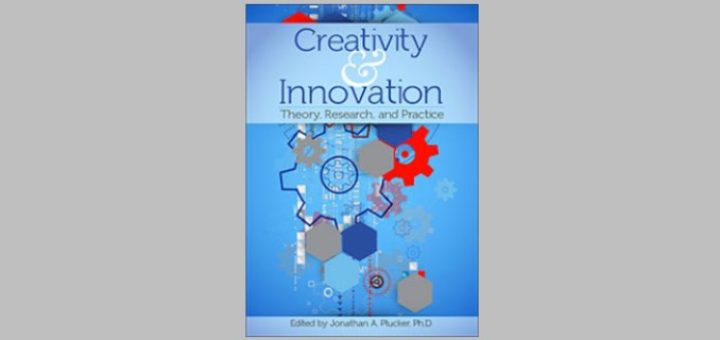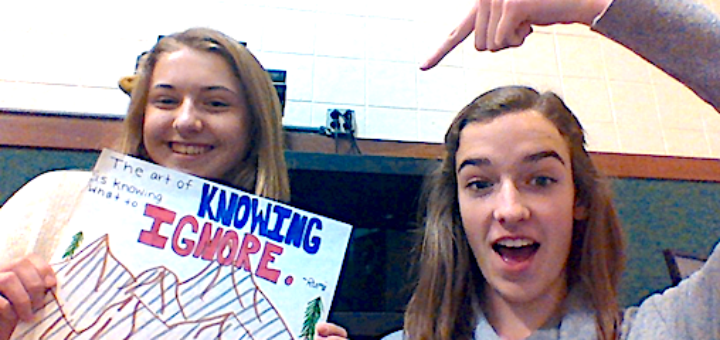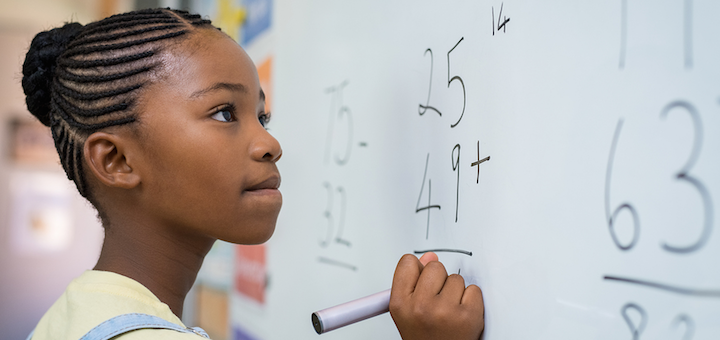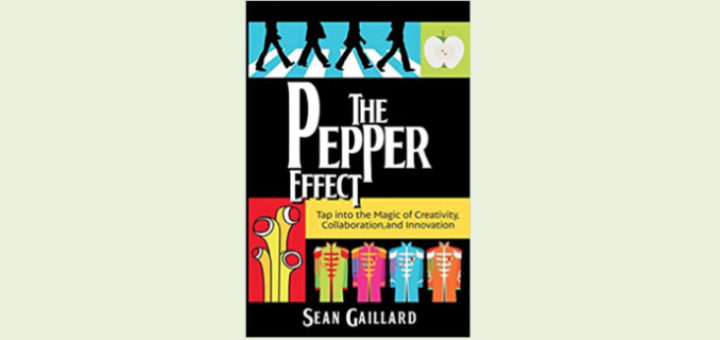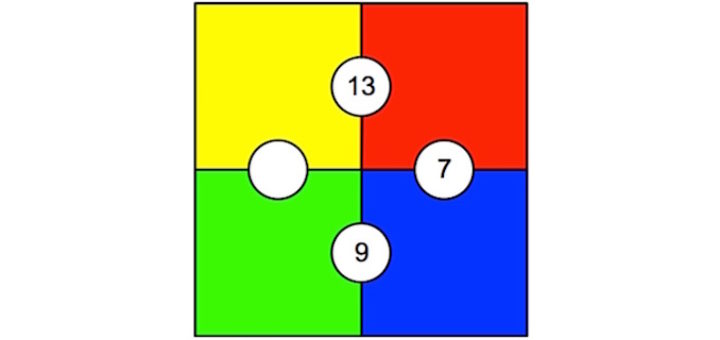Searching for Virtual Teaching’s Silver Lining
Amid global fear and incredible teaching and learning challenges generated by the pandemic, Cheryl Mizerny has decided to take Mr. Rogers’ advice and look for the helpers. Here’s her list of six ‘silver linings’ she’s discovered as her school supports “virtual” students.

